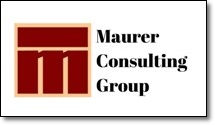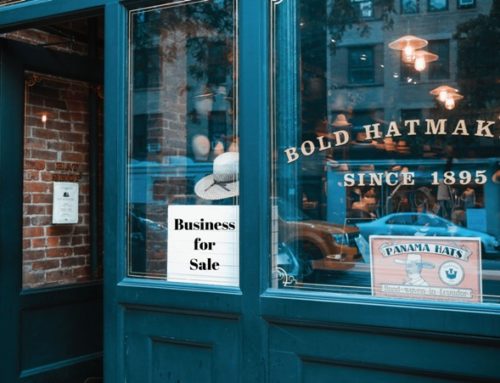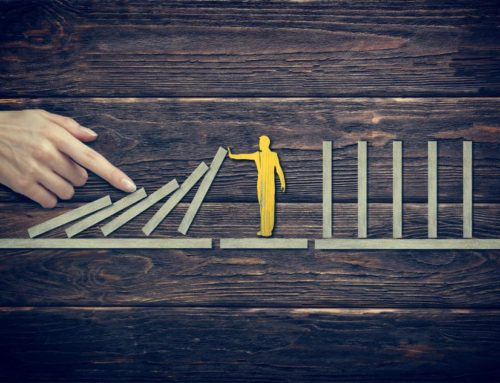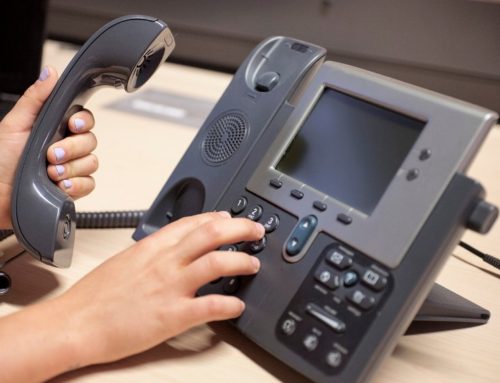‘Designing Strategies’ eNewsletter
March – April l 2009 Volume 6 – Issue 27
 Is everyone ready for a new ‘normal’? Like it or not, recessionary times are affecting customer behaviors in major ways. Changing consumer behaviors are certainly a big part of what will become our new Normal. Now is the best time to focus on strategies to address these issues, as well as your marketing strategies. According to a recent article by Marla Matzer Rose in The Columbus Dispatch, that is exactly what we can expect from this economy. And, it is likely to stick around quite a while even after recovery begins. Rose cited a study by Retail Forward, Inc. that showed how retail consumers’ purchasing habits had started to change even before the Wall Street crisis hit last August.
Is everyone ready for a new ‘normal’? Like it or not, recessionary times are affecting customer behaviors in major ways. Changing consumer behaviors are certainly a big part of what will become our new Normal. Now is the best time to focus on strategies to address these issues, as well as your marketing strategies. According to a recent article by Marla Matzer Rose in The Columbus Dispatch, that is exactly what we can expect from this economy. And, it is likely to stick around quite a while even after recovery begins. Rose cited a study by Retail Forward, Inc. that showed how retail consumers’ purchasing habits had started to change even before the Wall Street crisis hit last August.
What You Can Expect in Changing Consumer Behaviors
Customers are shopping less often, shopping around more for price, settling for less expensive models, and buying more store brands. They are only buying what they really need. Even coupon clipping is on the rise. Stores like Walmart and the various versions of Dollar stores are seeing an influx of new customers as a result of these recessionary times and are changing their product mix to accommodate this higher level customer. Their big challenge will be how to keep these new customers once the economy makes its upswing in 2010, or whenever an upswing arrives.
Changing Consumer Behaviors Affect Even Well-Established Companies
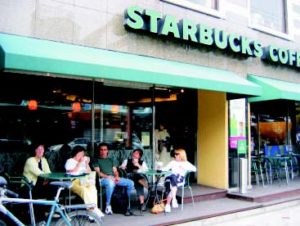 Starbucks, changed millions of people’s behavior from making morning coffee at home to standing in line to pay $3.00-4.00 for a cup of ‘customized’ coffee. Even Starbuck’s has felt the economic hit in a significant way. They have closed down a significant number of their stores, begun bundling their beverages with pastries, and even added less expensive ‘basic’ coffee to their menus. Faced with new competition from local coffee houses and even McDonald’s, Starbuck’s is no longer the only game in town. Even with their purported 14,000 versions of gourmet, made-just-for-you coffees, giants like Starbucks are forced to react. They face new challenges from the economy, new competitors, and changes in consumer behaviors.
Starbucks, changed millions of people’s behavior from making morning coffee at home to standing in line to pay $3.00-4.00 for a cup of ‘customized’ coffee. Even Starbuck’s has felt the economic hit in a significant way. They have closed down a significant number of their stores, begun bundling their beverages with pastries, and even added less expensive ‘basic’ coffee to their menus. Faced with new competition from local coffee houses and even McDonald’s, Starbuck’s is no longer the only game in town. Even with their purported 14,000 versions of gourmet, made-just-for-you coffees, giants like Starbucks are forced to react. They face new challenges from the economy, new competitors, and changes in consumer behaviors.
How Can Changing Consumer Behaviors Affect Your Firm?
How will this affect you and your organization? Are your regular customers leaving for less expensive alternatives? Are long time loyal customers ordering more from your budget lines? Do you have any products or services customers can consider as less expensive alternatives? Are your best, long time customers completely MIA? More importantly, what are you doing to address these challenges? It is time to do some brainstorming about these questions. Many companies may not survive this stagnant economic situation without making changes.
 It is imperative to keep your name and brand in the market place where new customers can find you. It is just as important that old customers can see you are still alive and kicking. Take a long look at your product mix. Does it have sufficient choices for the consumer looking for quality at a reasonable cost? Talk to your customers about their needs in this time of tight budgets. What service or products can you provide to meet those reduced budgets? Is there something you can add to your line to meet those needs and yet maintain your company’s level of quality and service? Talk with your supply chain to see how you can collaborate to help both sides stay solvent.
It is imperative to keep your name and brand in the market place where new customers can find you. It is just as important that old customers can see you are still alive and kicking. Take a long look at your product mix. Does it have sufficient choices for the consumer looking for quality at a reasonable cost? Talk to your customers about their needs in this time of tight budgets. What service or products can you provide to meet those reduced budgets? Is there something you can add to your line to meet those needs and yet maintain your company’s level of quality and service? Talk with your supply chain to see how you can collaborate to help both sides stay solvent.
Protecting your brand may never be as important as it will be as we make our way through this recession. Any strategies you implement need to protect your established brand at all costs. Don’t fall prey to trying to put just anything on the market under your company brand. Explore your options. Establish a level of quality below which you will not go just to create a budget line. Find the best solutions that will maintain your company’s integrity and standards while keeping your customer base and attracting new customers who you can develop into long term relationships.
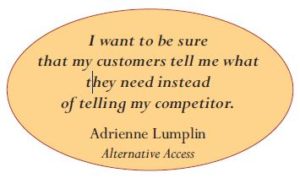
VISUALIZE – ANALYZE – STRATEGIZE
